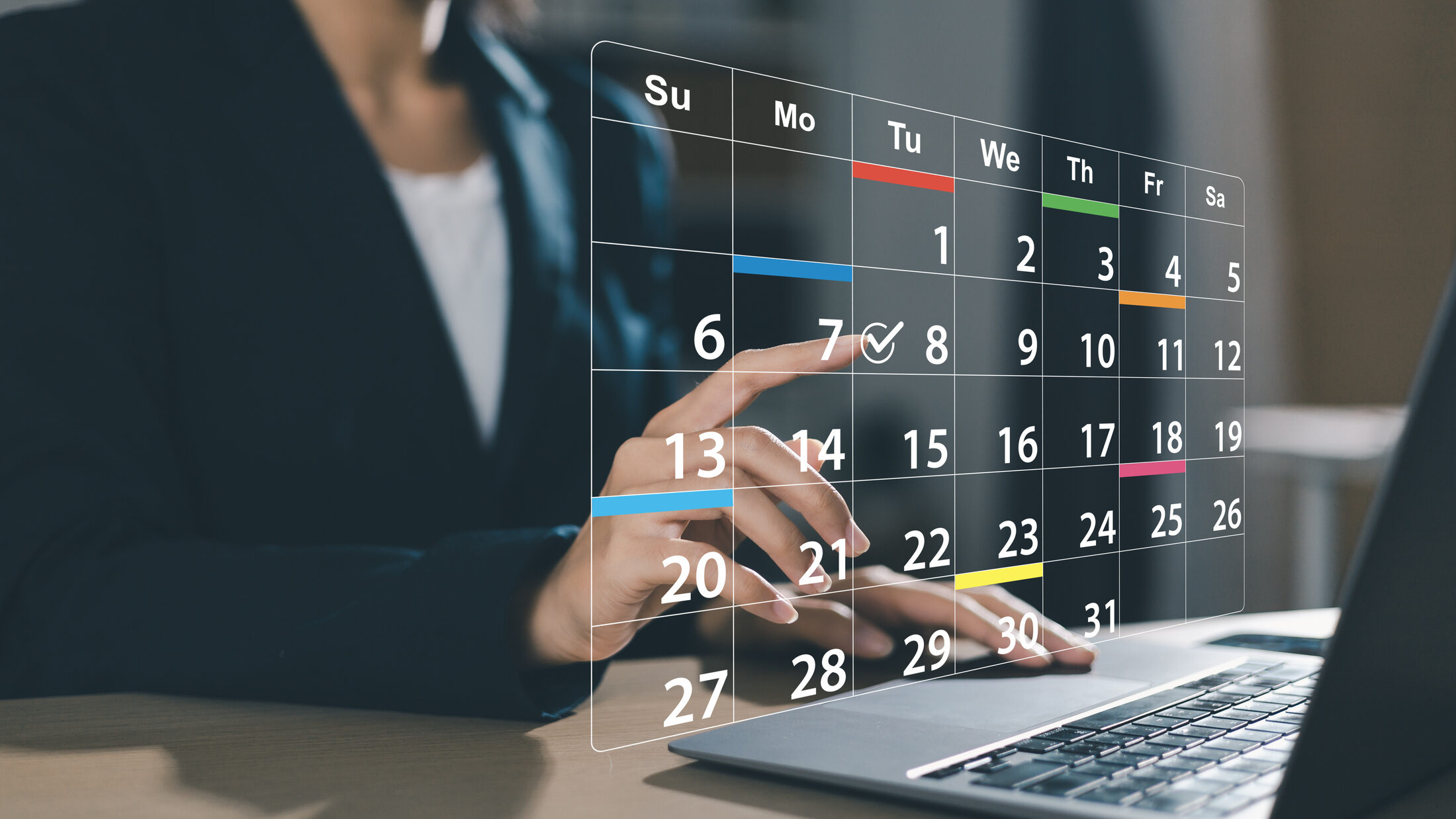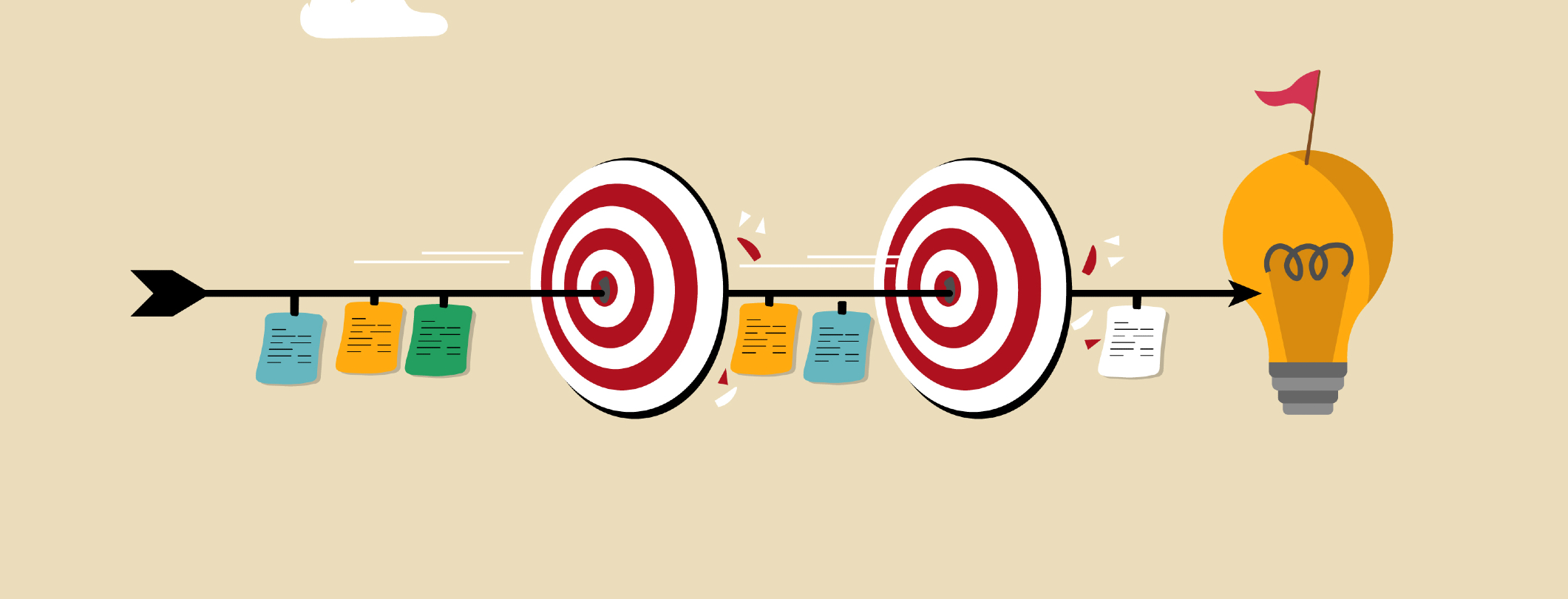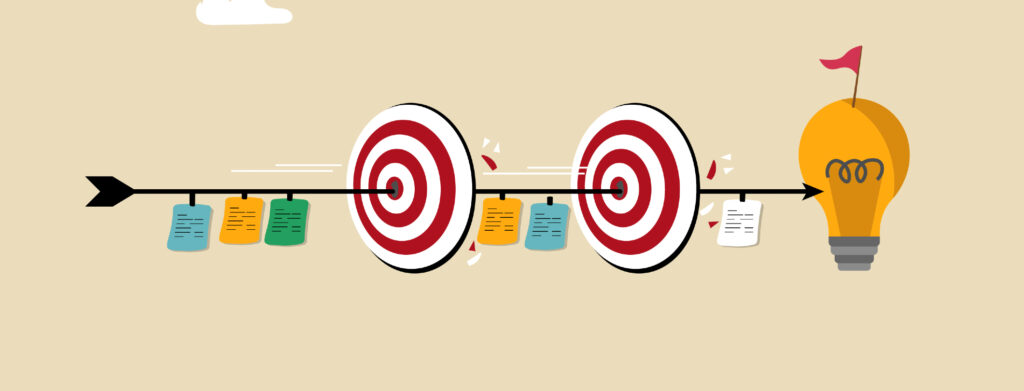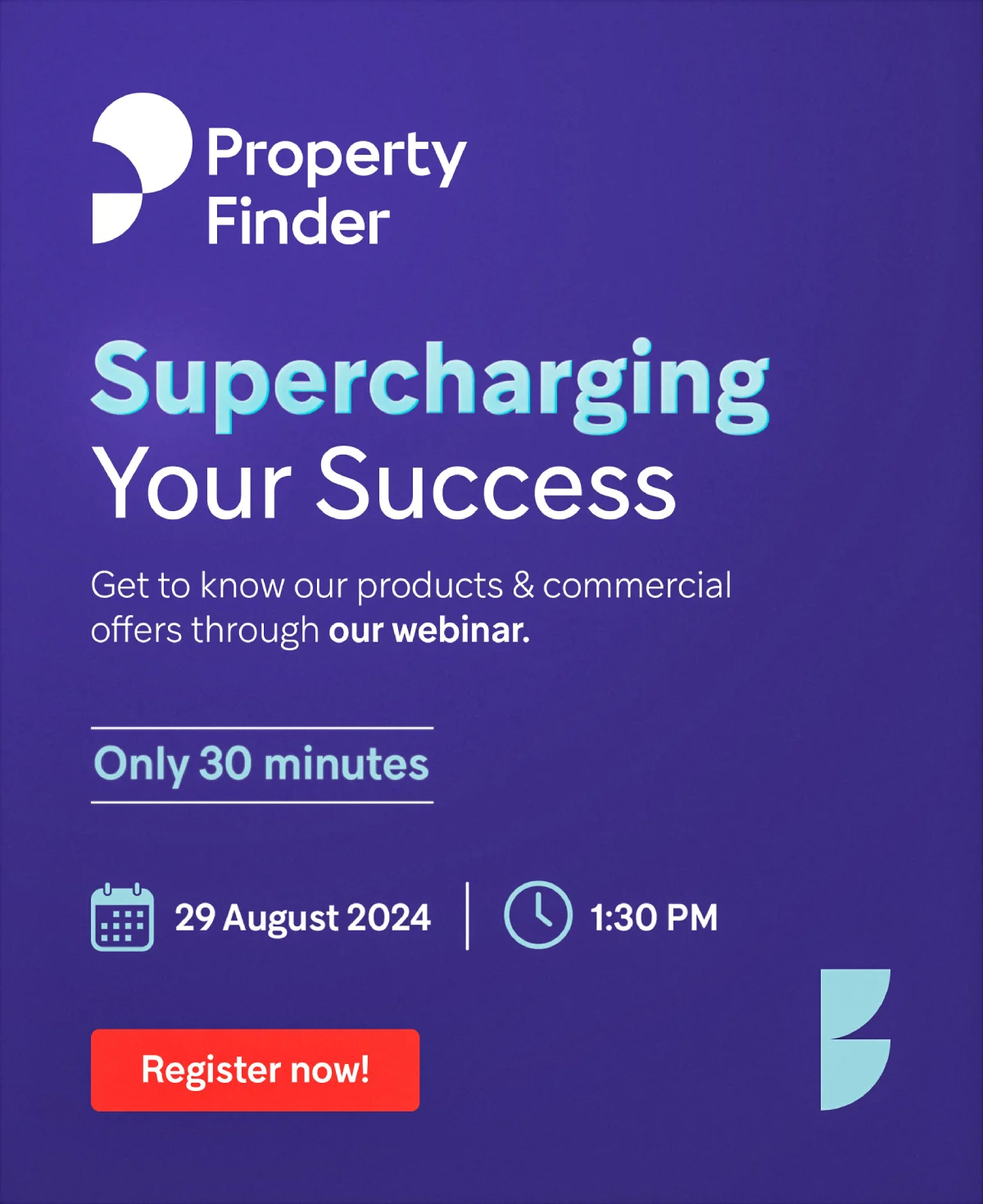If you want to stand out as a successful real estate agent or agency owner, your follow-up isn’t just a courtesy, it’s a strategic necessity. While your initial consultation sets the stage, it’s your follow-up that builds trust, nurtures the relationship, and keeps you at the forefront of your client’s mind.
Mastering the art of the follow-up is the key to converting leads into loyal clients and securing repeat business.
This Property Finder article explores best practices for effective follow-ups. You’ll get actionable strategies to help you stay top of mind without coming across as overly forceful. From timing your communications to personalising your approach and adding value at every touchpoint, we’ll guide you through creating a follow-up formula that closes sales and makes your clients happy.

Why Follow-Ups Matter in Dubai’s Real Estate Market
Dubai’s property market is fast-paced and highly competitive. Research shows that 50% of sales go to the agent who follows up first. Clients are often inundated with options. A well-executed follow-up makes all the difference between a missed opportunity and a successful sale.
Your thoughtful follow-up strategy also sets you apart from the competition. Because it’s not just about staying visible — it’s about demonstrating your commitment, expertise, and genuine interest in helping your clients achieve their real estate goals.
The 24-Hour Rule
A follow-up within 24 hours of your initial consultation or property viewing sends a clear message. It says that you’re proactive, organised, and professional. A prompt response also ensures your conversation stays fresh in their mind, while reinforcing they can count on you.
Example
“Hi [Client’s Name],
Thank you for taking the time to meet with me yesterday. I’ve started compiling a selection of properties that match your criteria and will share these with you shortly. Please don’t hesitate to reach out if you have any questions in the meantime!”
This simple yet thoughtful message acknowledges your client’s time and sets the stage for ongoing communication.
Maintaining Momentum
In Dubai, properties move quickly. A timely follow-up ensures your client stays engaged and doesn’t lose an opportunity. For example, if you’ve shown a property that’s in high demand, a follow-up message highlighting its unique features and potential for appreciation could nudge the client toward a decision.
Example
“Hi [Client’s Name],
I wanted to follow up on the property we viewed in Dubai Marina. It’s a rare find with direct waterfront access and has already garnered significant interest. It’s likely to sell quickly. If you’d like to move forward, I’d be happy to assist with the next steps.”
Setting a Follow-Up Cadence
The art of follow-up doesn’t stop after your first email or text message. It’s important to establish and maintain a rhythm of communication. You want to set a cadence that keeps your client informed without overwhelming them or eating into your own valuable time.
For instance:
- After the first contact: Send a summary of your discussion and next steps.
- A week later: Share a progress update, even if it’s just to say you’re still refining the search.
- When challenges arise: Be proactive in addressing obstacles and clarifying priorities.

Example of a Progress Update
“Hi [Client’s Name],
It’s been about a week since we last spoke, and I wanted to update you on our search. I’ve explored several properties and am currently refining the list to ensure we find the perfect match. Expect something from me in a few more days. Please feel free to give me a call if anything has changed or if there are new factors you’d like me to consider.”
Proactive Engagement During Challenges
When you encounter challenges, such as difficulty finding a property that meets all the client’s criteria, a proactive follow-up is critical. Use these moments to clarify priorities, and possibly adjust your search.
Example
“Hi [Client’s Name],
We’re having trouble identifying a property with both a pool and the large backyard you’re looking for. Could we schedule a quick call to review what we’ve found so far? I’d love to get some further insight into which of these features is most important to you.”
This approach demonstrates your commitment. It also keeps the client involved in the process, establishing a dialogue so you can stay aware of and discuss their evolving needs or priorities.
Balancing Promptness and Patience
It’s important to be prompt. But being prompt doesn’t mean overwhelming your client with multiple messages in a short span. Space out your follow-ups based on the client’s level of interest and their preferred communication style.
- For active buyers: Weekly updates may be appropriate.
- For clients still exploring options: Bi-weekly check-ins can keep the conversation alive without feeling intrusive.
Of course, if something urgent comes up – don’t wait.
Personalising Your Approach: Tailoring Messages to Each Client
Mastering follow-ups is more than just ticking off tasks. You want to craft a personalised, thoughtful experience that reassures your clients at every step. While we’ve provided several examples, please remember, a one-size-fits-all approach to follow-ups simply won’t work. Personalisation is the cornerstone of effective communication. That personalisation is built on the details gleaned from your initial consultation.
Listening for Details
During your initial consultation, pay close attention to your client’s preferences, concerns, and goals. Use these details to craft follow-up messages that feel tailored rather than generic. For instance:
- If the client mentioned a preference for waterfront properties, highlight new listings in Dubai Marina or Palm Jumeirah.
- If they expressed concerns about school proximity, share insights about family-friendly communities like Arabian Ranches or The Springs.
Example of a Personalised Follow-Up
“Hi [Client’s Name],
I remember you mentioned your interest in properties near parks and with modern kitchens—I’ve found a few listings that match these preferences. One in particular has a stunning open-plan kitchen and is just a short walk from a beautiful community park. Let me know if you’d like to schedule a viewing!”
This approach demonstrates that you were fully engaged during their consultation and that you’re acting on your client’s specific needs and wants. That helps your client feel they are being taken care of, and that they can trust you.
Adapting to Communication Preferences
Different clients have different communication preferences. Some may prefer detailed emails with property links and market data, while others might appreciate a quick phone call or WhatsApp message. Early in your relationship, ask the client how they’d like to stay in touch.
Example
“By the way, do you have a preference for how we stay in touch—whether it’s via phone calls, text messages, or emails? I want to make sure our communication is as convenient as possible for you.”
This simple enquiry not only respects their communication style but also ensures that your follow-ups are received in the way that fits their preferences.
Evolving with the Client’s Journey
Personalisation isn’t static—it evolves as the client’s needs and circumstances change. Regularly review your consultation notes and adapt your follow-up messages to reflect any new preferences or priorities that emerge.
Example
“Hi [Client’s Name],
I’ve noticed a trend in properties with larger gardens in the areas we discussed, and I believe there are some exciting options that might suit your lifestyle. One villa in particular has a beautifully landscaped backyard—perfect for your children to play in. Let me know if you’d like more details!”
By staying responsive to their evolving needs, you reinforce that you’re genuinely invested in their property buying journey.
Building Trust Through Personalisation
When clients feel their individual circumstances are understood, their satisfaction naturally increases, and they’re more inclined to trust your recommendations. Personalisation builds rapport and sets the stage for a more productive relationship.
Example
“Hi [Client’s Name],
It was great meeting you yesterday and learning more about your search for a family home in Arabian Ranches. I’ve attached a few listings that match your criteria, including a spacious villa with a private garden—perfect for your children to play in. Let me know if you’d like to schedule a viewing!”
The goal is to transform each follow-up into a dialogue rather than a monologue. By crafting messages that are both timely and tailored, you send a clear message: your client’s needs are paramount, and you are fully committed to delivering a service that’s as unique as they are.
Personalisation keeps clients engaged and enhances your reputation as a thoughtful, client-centric professional.
Adding Value in Every Interaction
We alluded to this throughout the guide, but it’s worth stating plainly. Effective follow-ups aren’t just about checking in—they’re about adding value. In a competitive market like Dubai’s, your clients are looking for an agent who can provide insights and expertise that go beyond the basics. Every follow-up should reinforce your role as a trusted advisor. Try to offer new information that propels the client’s decision-making process forward.

Sharing Market Insights
One way to do this is by keeping your clients informed about market trends, price fluctuations, and upcoming developments. Even a brief update can have a significant impact. A quick email or text with new market insights or community news tells your clients that you’re actively monitoring the market on their behalf. That makes them even more likely to continue their relationship with you after their first purchase.
Examples
- “Properties in Downtown Dubai have seen a 10% increase in value over the past year. This could be a great investment opportunity for you.”
- “The new metro extension to Expo City is expected to boost property values in nearby areas like Dubai South.”
Personalised Example
“Hi [Client’s Name],
Here’s an update on recent property trends in Dubai Hills, including some new listings that have just come on the market. I thought you’d find this useful as you consider your investment options. One property in particular has a modern kitchen and is close to the international school you mentioned—let me know if you’d like more details!”
Offering Exclusive Opportunities
If you have access to off-plan listings or pre-launch developments, share these with your clients. This not only adds value, but also positions you as well-connected with insider knowledge.
Example
“Hi [Client’s Name],
I wanted to let you know about an exclusive off-plan listing in Palm Jumeirah. It’s a waterfront villa with a private pool and direct beach access. These opportunities don’t come up often, so let me know if you’d like to schedule a private viewing.”
Creating an Ongoing Dialogue
Adding value in your follow-ups signals to clients that you’re not just ticking boxes—you’re genuinely invested in their property journey. This creates an ongoing dialogue that transforms isolated interactions into a continuous, informative experience.
Example
“Hi [Client’s Name],
I’ve been keeping an eye on the market for you and may have found an investment opportunity in Arabian Ranches that could be of interest. The owner is motivated to sell quickly due to personal circumstances, which could allow us to secure a deal below market value. Let me know if you’d like to explore this further.”
By making each follow-up a mini information session tailored to your client’s specific needs, you reinforce your role as a knowledgeable and proactive professional.
Balancing Persistence and Patience
We’ve provided a lot of examples of follow ups. It’s easy to feel overwhelmed or to overwhelm clients. Follow-up done right is a delicate dance. Your consistent presence must be tempered with respect for your client’s space and the urgency they do or do not feel. Yes, persistence is essential. But there’s a fine line between staying top of mind and overwhelming your client with too many messages. When in doubt – ask.
Example
“Hi [Client’s Name],
I was going to message you next week with some further options, but I want to make sure I’m not reaching out too often. Let me know if this has been a good cadence, or if I should reach out every other week. In the meantime, please don’t hesitate to reach out if you have any questions.”
Balancing persistence with patience requires keen observation and a willingness to adapt. Regularly gauge your client’s responses—both verbal and non-verbal—and use these cues to fine-tune your communication strategy. When done right, this balanced approach builds trust and transforms your follow-ups from reminders into meaningful interactions that drive successful outcomes.

The Role of Technology in Follow-Up
All of these follow ups might seem overwhelming. But they can be easier than you think, if you’re using the right Customer Relationship Management (CRM) systems . CRM’s like Property Finder’s built in CRM system PF Expert can be a game-changer for your follow-up strategy. A good CRM system, like PF Expert, allows you to log every interaction, set timely reminders, and ensure that no client is ever overlooked.
Digital tools like email analytics empower you to refine your approach. By analysing open rates, click-through rates, and other engagement metrics, you gain a clearer picture of how your messages resonate with clients. This data-driven insight allows you to adjust your messaging and follow-up frequency, ensuring your communications are both effective and efficient.
A Robust CRM System Helps You
- Track client preferences and communication history.
- Schedule follow-ups at optimal times.
- Personalise messages with ease.
For agents looking to boost their digital efficiency, Property Finder’s Partner Hub is also a valuable resource. We offer a variety of articles on tools and resources designed to enhance your workflow. From CRM tips to digital productivity tools, these articles provide actionable insights that you can immediately integrate into your daily operations.
Leveraging technology effectively helps you work smarter. With comprehensive client records at your fingertips and data-driven feedback guiding your communication strategy, you can maintain a consistent yet personalised approach – without getting overwhelmed.
Key Takeaways
Mastering the art of follow-ups is essential for converting leads into loyal clients. Start by following up within 24 hours of your initial consultation to demonstrate professionalism and keep the conversation fresh. Personalise every interaction by referencing specific client preferences and adapting to their communication style. Add value by sharing market insights, exclusive listings, and tailored updates that keep clients engaged. Balance persistence with patience by setting a follow-up cadence that respects their pace. Leverage tools like CRM systems and email analytics to streamline your process and refine your approach. By combining timely, thoughtful communication with a client-centric mindset, you’ll build trust, nurture relationships, and stand out as a trusted advisor in Dubai’s dynamic property market.

















